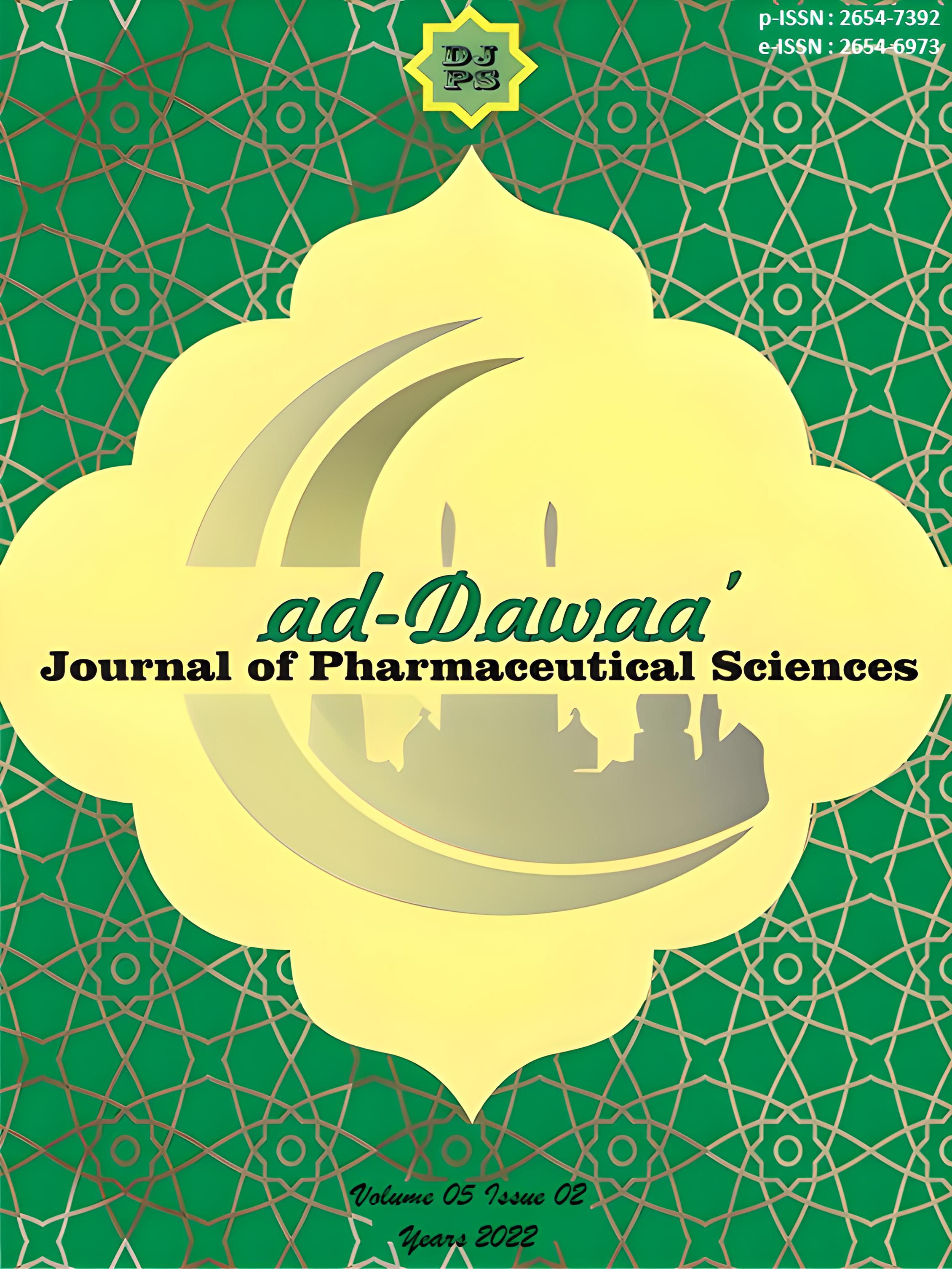Profiling Secondary Metabolite of Fresh and Fermented Marigold Flowers and Butterfly Pea Flowers
Abstract
Communities in Bali use "Usada" as an essential plant for traditional medicine. Utilization of a plant as herbal medicine is based on the metabolites contained therein, such as in the marigold flower (Tagetes erecta L.) and butterfly pea flower (Clitoria ternatea L.). Identification of secondary metabolite profiles was carried out by aerobic fermentation. This study aims to identify the secondary metabolite profiles of untreated extracts compared to fermented extracts. Aerobic fermentation is carried out by stacking fresh samples. Extraction by percolation using n-hexane for marigold flowers and methanol for butterfly pea flowers. The extract profile was analyzed by densitometric thin-layer chromatography (TLC). Separation pattern, retention time, and m/z fragmentation with LC-MS/MS. Determined antioxidant activity using the DPPH method, calculating the levels of total phenol (TPC), total flavonoids (TFC), and total carotenoids in each sample. The TLC profiles of control extracts and marigold flower fermentation were similar, However, in the fermented pea flower extract, the intensity of the spots was thicker, and a new compound was formed from the TLC pattern. The TPC of the control and fermented extracts ranged from 0,816 - 1,154 g GAE/100 g extract, the TFC ranged from 0,067 - 0,610 g QE/100 g extract, and the highest total carotenoid was in the fermented marigold flower extract with levels of 215 mg/g simplicia. All control and fermented extracts had antioxidant activity ranging from 46,71 ppm-75,30 ppm. LC-MS/MS analysis showed five compounds from the fermented butterfly pea flower extract, while the control only identified one compound. The fermentation process for each extract experienced changes in the profile of secondary metabolites, starting from UV absorption, spot intensity, compound levels, types of compounds contained, and their antioxidant activity.
Downloads
Once an article was published in the journal, the author(s) are:
- granted to the journal right licensed under Creative Commons License Attribution that allows others to share the work with an acknowledgement of the work's authorship.
- permitted to publish their work online in third parties as it can lead to wider dissemination of the work.
- continue to be the copyright owner and allow the journal to publish the article with the CC BY-SA license
- receiving a DOI (Digital Object Identifier) of the work.


1.png)